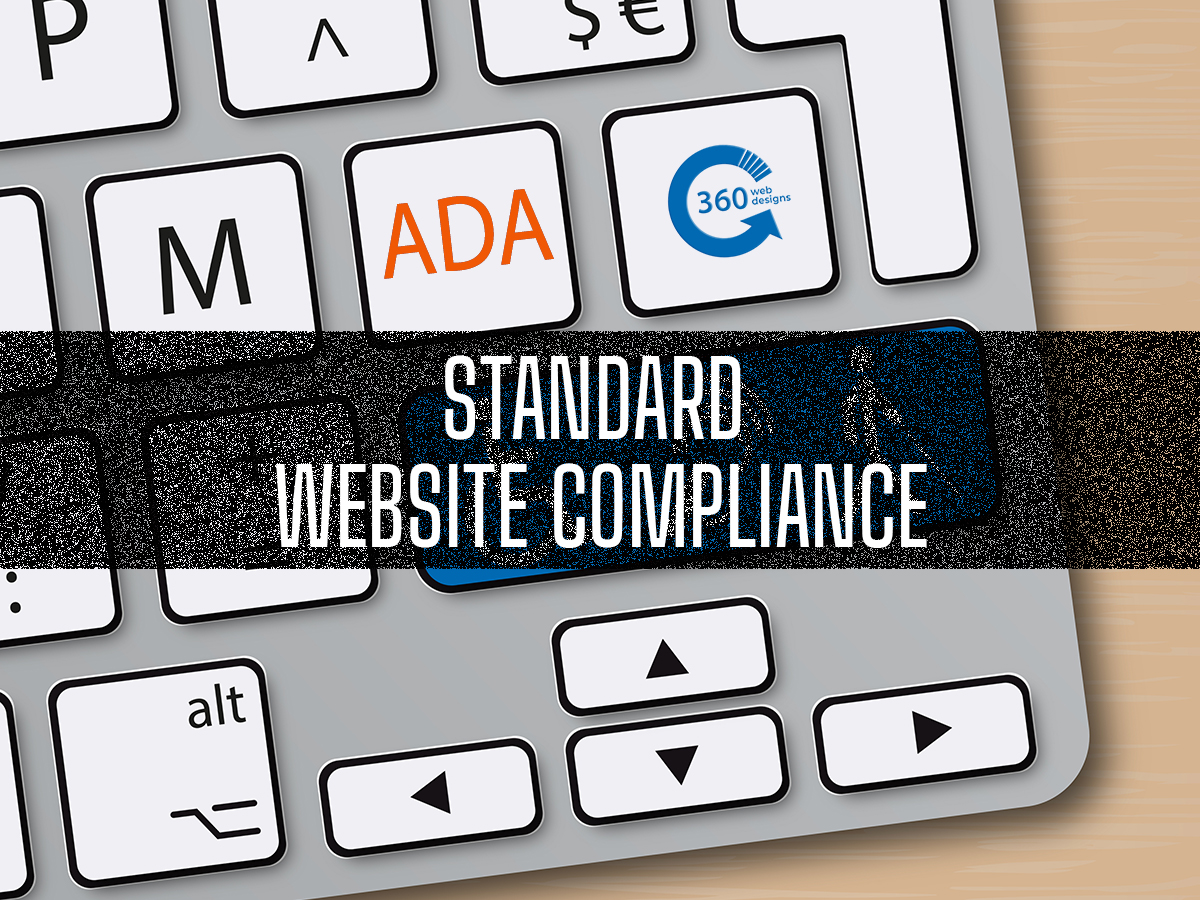Fill out our form, and we'll connect with you within 1 to 2 business days.
Phone: (925) 989-7737

There have been no clear laws or guidelines, set by the ADA for website compliance. But many businesses look to Web Content Accessibility Guidelines (WCAG), as a good reference point to start with. WCAG has put together a standard practice for ADA website compliance. However, if your business falls under Title I or Title III, there are laws for website accessibility.
Businesses that fall under Title I or Title III are required to create a website that has “reasonable accessibility” to those with disabilities. Businesses that fall under Title I, operate 20 or more weeks a year with a minimum of 15 full-time employees. Title III prohibits discrimination on the basis of disabilities for places providing “public accommodation”. These include schools, medical buildings, offices, and recreation. Consequently, ecommerce websites fall under Title III as well.
WCAG has four basic principles to ensure your website is: Perceivable, operable, understandable, and robust.
Perceivable content offers information and user interface components that are presented in a way the user can perceive. It is information that is for the senses – sight, hearing, and/or touch. For example, captions for multimedia and alt text for pictures. As a result, the user is able to see and hear the content in a way they otherwise could not.
User navigation and interface components must be operable. This includes providing enough time for the user to read the content. In addition, all functionalities must be available from a keyboard. As a result, users with disabilities can navigate your website with ease.
Information and the operation of a user interface must be understandable. Making the content appear and operate predictably encourages this. The text must be readable and understandable. Also, offering input assistance if needed as well.
Content must be robust enough that it can be interpreted by a range of devices and platforms. This includes assistive technologies. As technologies advance, the user must be able to access the content. In turn, this maximizes compatibility with current and future user agents.
While ADA website compliance is a bit elusive, these are four simple ways to incorporate “reasonable accessibility” into your website. Getting ahead of the regulatory curve can also help avoid potential lawsuits. Subsequently, an accessible website can lead to better rankings on search engines. It is in good faith that we apply the standard practice for ADA Website Compliance. But it will pave the way for an easier transition in the future.
https://www.w3.org/WAI/standards-guidelines/wcag/
https://www.ada.gov/
https://www.360webdesigns.com/website-accessibility-is-a-growing-movement/